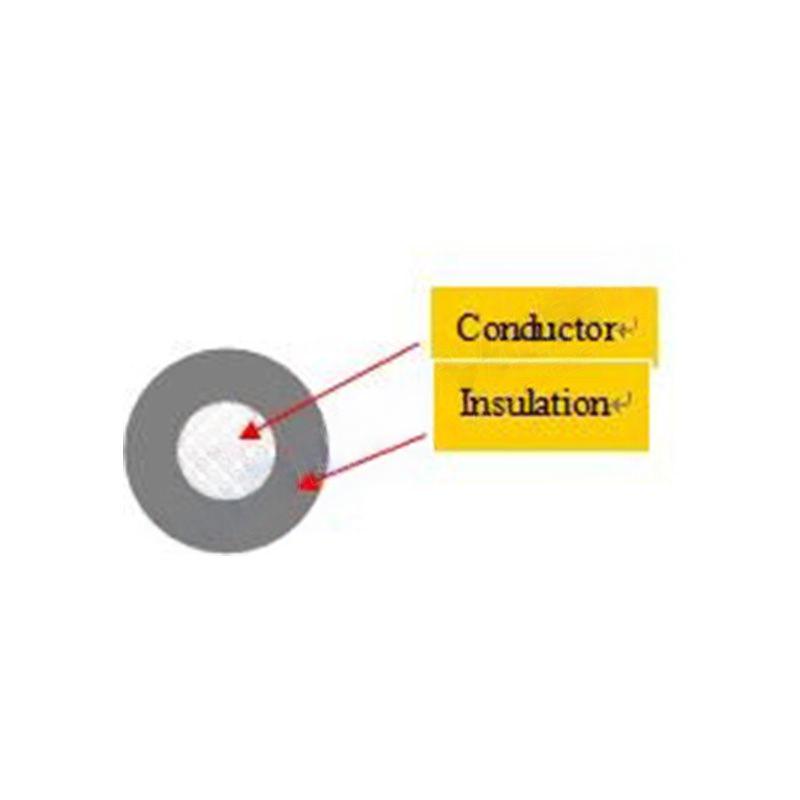Tet . 16, 2024 18:19 Back to list
multi-core cable wire
Understanding Multi-Core Cable Wires An Essential Component in Modern Electrical Infrastructure
In today's technological landscape, the significance of efficient and reliable electrical wiring cannot be overstated. Among the various types of cables employed in multiple applications, multi-core cable wires stand out due to their unique construction and numerous benefits. This article delves into the features, advantages, applications, and considerations surrounding multi-core cable wires, illustrating their vital role in modern electrical infrastructure.
What is a Multi-Core Cable Wire?
A multi-core cable wire is composed of multiple conductors, each encased in an insulating material and bundled together within a common protective outer sheath. This design allows for the simultaneous transmission of multiple signals or power currents, making them ideal for a variety of applications. Depending on their construction, multi-core cables can feature varying numbers of cores, often ranging from just a few to dozens.
Benefits of Multi-Core Cable Wires
1. Space Efficiency One of the most significant advantages of multi-core cables is space efficiency. By consolidating multiple conductors into a single cable, installations can reduce the overall volume of cabling required, making for cleaner and more organized setups. This is particularly important in environments with limited space, such as control panels or tight electrical enclosures.
2. Ease of Installation Multi-core cable wires simplify the installation process. With multiple conductors housed together, electricians can accelerate installation times and minimize the complexity typically associated with running multiple single-core cables. This can lead to both cost savings and reduced labor time on projects.
3. Reduced Electromagnetic Interference (EMI) Multi-core cables can offer improved resistance to electromagnetic interference. The twisted or bundled design can help cancel out interference, which is crucial for maintaining signal integrity, especially in applications related to telecommunications, data transfer, and audio equipment.
4. Flexibility and Versatility Multi-core cables are highly versatile and can be used in a variety of contexts, including power distribution, instrumentation, and control systems. Their flexibility allows them to navigate around obstacles and fit into tight spaces, enhancing their usability in diverse environments.
Applications of Multi-Core Cable Wires
multi-core cable wire

Multi-core cables are employed across numerous industries, including telecommunications, manufacturing, automotive, and aerospace. In telecommunications, they facilitate the transmission of data and signals between devices. In industrial settings, they connect machinery and tools, ensuring that systems operate reliably and efficiently. Furthermore, in the automotive industry, multi-core cables are essential for wiring harnesses that connect various electronic components throughout vehicles.
Considerations When Selecting Multi-Core Cables
When choosing multi-core cable wires, several factors should be taken into account
- Cable Rating It’s crucial to select a cable that meets the electrical specifications of your project, including voltage and current ratings.
- Environmental Factors Consider the conditions in which the cable will be used. Factors such as temperature, moisture, and exposure to chemicals can impact cable performance and longevity. Therefore, selecting the appropriate insulating materials and outer sheathing is essential.
- Conductor Material Copper and aluminum are the predominant materials used for conductors. Copper cables generally offer better conductivity and flexibility, whereas aluminum cables can provide a lighter and more cost-effective option for specific applications.
- Number of Cores Assess how many cores are necessary for your project to ensure you have sufficient capacity without overspending on unnecessary extra cores.
Conclusion
In summary, multi-core cable wires are an indispensable part of our modern electrical infrastructure, offering numerous benefits including space efficiency, ease of installation, and enhanced performance against interference. Their versatility allows for wide-ranging applications across various industries, making them a preferred choice for engineers and electricians. By understanding the characteristics and advantages of multi-core cables, professionals can make informed decisions that contribute to the efficiency and reliability of their electrical systems.
Share
-
Reliable Wafer Type Butterfly Valves for Every IndustryNewsJul.25,2025
-
Reliable Flow Control Begins with the Right Ball Check ValveNewsJul.25,2025
-
Precision Flow Control Starts with Quality ValvesNewsJul.25,2025
-
Industrial Flow Control ReliabilityNewsJul.25,2025
-
Engineered for Efficiency Gate Valves That Power Industrial PerformanceNewsJul.25,2025
-
Empowering Infrastructure Through Quality ManufacturingNewsJul.25,2025